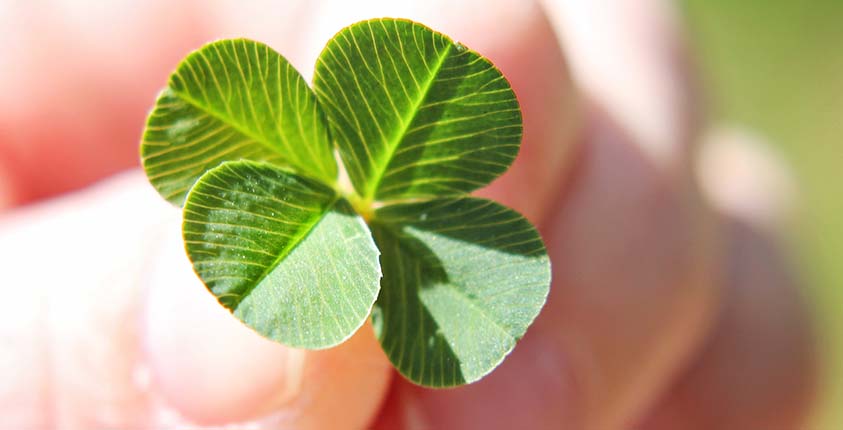The Harder I Work, The Luckier I Get

One of the original owners of the Minnesota Vikings was H.P. Skoglund, who grew up in northern Minnesota—humble origins in a tough, cold place—started an insurance company, and built it into a huge success. Bemidji is a Minnesota town famous for three things: giant statues of mythical lumberjack Paul Bunyan and his blue ox Babe, a passion for the sport of curling, and some of the coldest temperatures in the United States. (I believe it snowed every month but July.) Our training camp was up there, and it was in Bemidji that I first met Mr. Skoglund, who showed up in person to meet with the brand-new team he co-owned.
“The harder I work,” he told us with a smile, “the luckier I get.” H.P. was a great owner and a great man who built a wonderful business and helped a lot of people. No wonder those words have stuck with me ever since I first heard them.
Professional football players travel a lot, and that means they fly a lot. When I was in the NFL, most of the guys used their flight time as downtime, a time to zone out or take a nap. Me? The harder I work, the luckier I get. I would pull down my tray table, pull out a pad of paper, and draw formations—innovative formations, crazy formations, unheard-of formations, one after the other.
It was always my way of expanding my horizons as a quarterback by opening up all the possibilities of 11 on 11 in a field 52 by a 100. Within these constraints, how could I position my people to get an advantage over the other 11 people identically constrained? I laid out problems, and I solved them. Because I’m no genius, many—in fact, most—of my “solutions” never got beyond that pad of paper. Did that mean I was wasting my flight time in failure after failure? No! I was investing that time in “failure,” figuring out what deserved to get off the pad and onto the field and—even more important—what did not. Tom Edison discovered 10,000 materials that did not work as lightbulb filaments. I bet you that I discovered at least ten thousand formations that will not contribute to winning a football game. Valuable knowledge!
If you love to work, you can work any time. That’s true whether you play football or clock in nine to five. Why limit your creativity to a few hours on the field or at a desk? The harder I work, the luckier I get. In the clubhouse, I watched hour after hour of game film. I also did what no other quarterback did back then. I talked with our defensive coaches: “If I do this, how would you defend against me?” My aim was to innovate, not just use and reuse the same old “tried-and-true” formations everyone already knew. Very early in my pro career, I was calling the plays myself. By the time I was 25, I was doing a lot of the team’s offensive thinking.
I’m still always thinking about how I can position my team for success. As an entrepreneur, that has always been the question that defined my most essential task. On the field or behind a desk, it’s a quarterback’s question, a leader’s task.
Adapted from Fran Tarkenton’s book, The Power of Failure: Succeeding in the Age of Innovation
